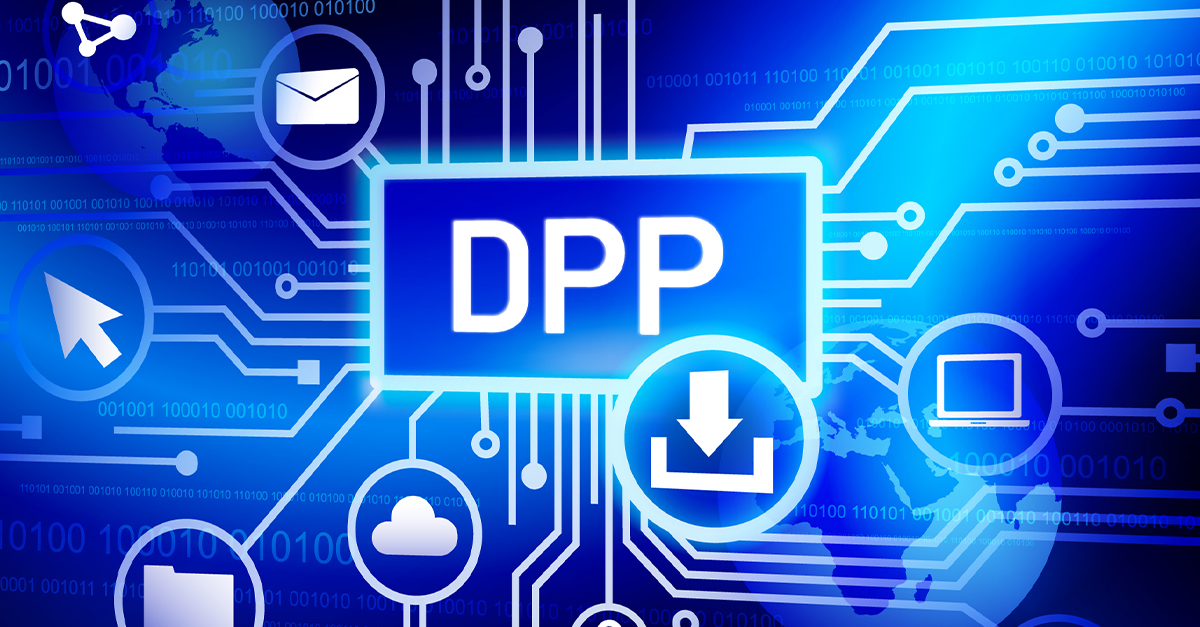The Digital Product Passport (DPP) is coming – and here’s what you need to know

The European Union wants to promote the circular economy and will therefore gradually introduce the Digital Product Passport (DPP) for various product groups by 2030.
It will start in February 2027 with the battery passport, which will then be mandatory for all batteries with a capacity of more than 2 kilowatt hours. This will be followed by a number of other product groups, such as metals, electronics, and tires, but also completely different industries such as the fashion industry will come into focus.
Why a digital passport for products?
In the future, digital product passports will ensure that all relevant product data is transparent and accessible to all parties involved. Unique product identification allows consumers and service providers in the value chain to find comprehensive information, such as:
- Origin of materials
- Manufacturing processes
- Chemicals used
- Repair options and recycling information
- CO₂ footprint
- Proof of compliance with legal requirements
To ensure that this information is available and accurate, companies along the supply chain should collect all necessary data and pass it on to their customers.
How can the DPP be implemented in practice?
In the future, products will have a QR code or other unique identifier, such as an NFC or RFID chip, in the DPP. These can be read via the internet. The data should be available locally from the manufacturers (or companies they’ve hired). The data is divided into free and public information, such as operating instructions or videos, technical declarations of conformity, the origin of the product, or information on circularity in the material cycle. In addition, there will also be paid services, such as predictive maintenance or spare parts orders. A variety of payment models are conceivable here, from a one-time purchase to licensing.
With the introduction of the DPP, it will become necessary for companies in Europe – and probably also all companies that supply to Europe – to exploit the full potential of digitalization. The DPP will contain more than 150 data points, which can no longer be maintained or validated manually.
The DPP for batteries
There is not yet a single DPP, but the definition is underway and has already been largely completed for the battery passport. Currently in pole position for implementation are the administration shell (the digital twin, see IEC 63278-ff) and the digital type plate (DNP4.0 = Digital Nameplate, see IEC 61406-1/-2). The DPP is intended to be particularly SME-friendly, but even the definitions of the standards are complex, and it will certainly not be enough to create standard interfaces for suppliers and producers. Currently, there are no systems that provide or record the data and generate a DPP with all the necessary data from a BOM, for example.
SupplyOn has therefore been involved in various committees and international support projects relating to the DPP for some time. At the same time, SupplyOn is working on solutions to enable companies to meet the legal requirements for collaboration securely and cost-effectively. The fact that more than 140,000 manufacturing companies worldwide are already networked via the SupplyOn platform greatly simplifies the implementation of the DPP in this regard.
From “nice-to-have” to “must-have”
The Digital Product Passport is no longer an option, but is becoming a key instrument for sustainable transformation and legally compliant production in industry. Companies that invest early in structured product data and digital infrastructure can secure strategic benefits – not only in terms of compliance, but also through new business models and stronger customer loyalty.



